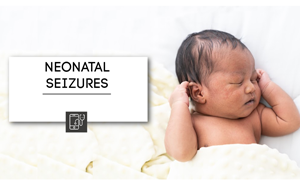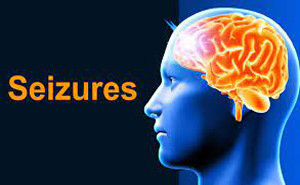Featured
PubMed: September 2023Seizures are common in neonates, but there is substantial
management variability. The Neonatal Task Force of the International League
Against Epilepsy (ILAE) developed evidence-based recommendations about
antiseizure medication (ASM) management in neonates in accordance with ILAE
standards. Seizures are the most common neu...
Seizures are the most common
manifestation of neurological insult during the neonatal period. The most common
cause of symptomatic neonatal seizures is hypoxic/ischemic encephalopathy (HIE)
which affects approximately 1-2/100 live births.There are no evidence-based
guidelines for the pharmacologic treatment of neonatal seizures and management...
American Epilepsy Society issues
guideline and treatment algorithm for convulsive status epilepticus. The
guideline was endorsed by the Epilepsy Foundation, Child Neurology Society, and
American College of Emergency Physicians.Status epilepticus – continuous or rapid sequential seizure activity for
30 minutes or more – is a medical emergency wi...
JAMA: The Journal of the American Medical Association: Published
on April 5, 2022
Epilepsy affects approximately 65
million people worldwide. Persistent seizures are associated with a 20% to 40%
risk of bodily injuries (eg, fractures, burns, concussions) over 12-month
follow-up. The primary goal of epilepsy treatment is to eliminate seiz...
The New England Journal
of Medicine (NEJM): Published
on July 15, 2021
The incidence rate of a single unprovoked seizure among
adults is 23 to 61 cases per 100,000 person-years.
After a first unprovoked seizure, the overall risk of
recurrence may be as high as 60%, and this risk is highest within the first 2
years.
Epilepsy is...




